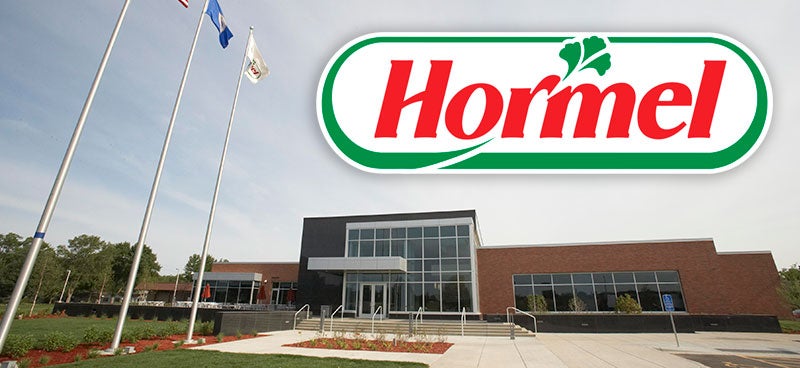Minority households in Minnesota are left out of the income boom
Published 10:36 am Thursday, September 15, 2016
By Jennifer Bjorhus
Minneapolis Star Tribune
The record one-year surge in household incomes across the United States boosted Minnesota families. But mostly white ones.
Minority households in Minnesota failed to share in the gains, census numbers out Thursday showed, and the state’s deep and persistent racial disparities in income actually worsened in 2015.
This same census report last year showed such a steep dive in black household income that Gov. Mark Dayton created an office to tackle the inequities, with the Legislature committing $35 million to the effort.
“We’re still home to this unfortunate paradox,” said Craig Helmstetter, senior research manager at the Wilder Foundation in St. Paul. “We have this really high quality of life overall but it’s unfortunately not shared by all parts of our population.”
The American Community Survey 2015, released Thursday, shows that Minnesota household income jumped 3 percent last year, to $63,488. The $2,000 gain was the biggest one-year increase since 2006, and it pushed the state’s median household income to pre-recession levels.
The state’s poverty rate, already among the lowest in the country, fell by more than a full percentage point.
Yet black, Asian, Hispanic and American Indian median household incomes in the state did not rise in a statistically meaningful way.
Minnesota’s black median household income has hovered around $30,000 for several years, less than half the white median household income last year of $66,979.
Likewise, black Minnesotans remain unemployed at nearly three times the rate of white Minnesotans.
Minnesota was already on the financial website 24/7 Wall Street’s list of the “Top 10 Worst States for Black Americans” when the new Office of Career and Business Opportunity was tasked with reducing the state’s racial inequities. The $35 million will be spent by more than two dozen organizations working on a spectrum of issues such as job training, access to nutritious food and aid to minority-run businesses.
State Demographer Susan Brower said that the popular income measure doesn’t show the full picture, particularly for a relatively small group in Minnesota that’s hard to capture accurately in a large survey.
She pointed out some leading indicators showing slight gains for black Minnesotans. Black employment rates inched up, as did the share of black Minnesotans with full-time jobs as opposed to part time. And the share of black people sitting out of the workforce dropped — all indicators that the tide could be shifting, she said.
“We’re just beginning to see kind of the shoots of better economic news for communities of color,” said Andi Egbert, the State Demographic Center’s assistant director. “This is really heartening data and it’s rare that we see this much change in one year.”
Steven Belton, president and CEO of the Minneapolis Urban League, expressed anger that black incomes showed no meaningful improvement, although he was not surprised. He called the response of the governor and Legislature “lots of talk, little action.”
“We’ve become inured to the lack of progress in this group and the lack of concerted government effort,” Belton said. “It’s kind of become business as usual. That doesn’t make it right.”
Belton said there’s a need for immediate relief. He suggested declaring select ZIP codes in north and south Minneapolis and in St. Paul disaster areas to qualify them for state and federal relief.
“We are leading the country in disparities,” Belton said. “We need to be thinking way outside the box.”
Dayton pointed out positives in the report, saying in a statement that “the percentage of Minnesotans living below the poverty level declined to 10.2 percent, statistically tied for the second lowest rate among the 50 states. The percentage of Minnesotans with health insurance increased to 94 percent in 2015, which was statistically tied for the second highest in the nation.”
Still, Dayton said, “disparities in household incomes between white Minnesotans and Minnesotans of color continued to persist at unacceptable levels.”
Members of the Itasca Project, a business-led civic group, have met at least 10 times this year to consider ways to spur economic development in low-income communities, said Gary Cunningham, president and CEO of the Metropolitan Economic Development Association.
“There’s a lot of things that are happening. The real question is, are they happening quick enough?” Cunningham said. “It’s not like you’re going to come in with a magic bullet.”
Jazmine Hawkins, 22, a student at the Summit Academy OIC in north Minneapolis, has put the onus for change on herself.
Wearing a bright orange hard hat, Hawkins said she has worked various minimum wage jobs in retail and call centers to help support her mother and little sister. She’s proudly swinging a hammer in the vocational school’s carpentry and construction program and expects to land a $20-an-hour job when she finishes. Smiling big, she said $20 sounds “amazing” to her.
“I’m going to buy a house,” Hawkins said. “I plan on making that my 24th birthday present for myself.”
The American Community Survey (ACS), done annually by the U.S. Census Bureau, goes out to 3.5 million households nationwide (about 100,000 in Minnesota), and has a response rate of about 97 percent. It’s the government’s primary way of gauging U.S. demographic trends.
—Distributed by Tribune Content Agency





